SZEnergy presented its racing car: SZE’s team has prepared for the racing season
It was an unforgettable event when last summer the SZEnergy Team won Europe’s biggest energy efficiency car race with a world record. The team is competing in this year’s Shell-Eco Marathon where they are preparing to defend their title in the traditional urban concept category and are aiming at finishing on top in the autonomous category after finishing second last year. The student team of Széchenyi István University presented their developments and unveiled this year’s car at the institution. They are soon travelling to France where they are participating in the autonomous competition on 19th May.
It is worth remembering:
Last year the SZEnergy Team achieved the greatest success in their history when they won the urban concept category of the Shell-Eco Marathon with a near flawless performance, beating all its rivals, including the Universities of Munich, Toulouse and Milan.
This is an impressive achievement on a global scale as well: nobody before them has been able to achieve an energy efficiency of 284 km/kWh. Essentially, they covered kilometres on the track near Assen, the Netherlands using the energy of two hours of ironing or preparing 35 cups of coffee with the team’s electric-powered vehicle called SZEmission. (The car did not actually cover 284 kilometres in the race, this figure just indicates the pro-rated consumption calculated on the basis of the actual number of races completed.)

The winning SZEnergy Team at the 2022 Shell-Eco Marathon.
The team of Széchenyi István University has worked for several years to reach the top, as it has been competing in the urban concept category since 2013 which meant the end of the solar panel class. The present car had its first race in 2019, then it was refined for years to be able to achieve last year’s result. Plenty of small improvements, optimization, testing, that is the fruit of a lot of work ripened a year ago. Can it be further enhanced? And at all: can last year’s spectacular performance be repeated?
‘Based on last year’s world record, the SZEnergy Team is one of the best teams in the world. Of course it also means that this year we are competing against ourselves as well, and our biggest challenge is whether we are able to beat ourselves”, dr. Szauter Ferenc, the head of the Vehicle Research Centre of Széchenyi University and a former founding member highlighted, then added that the entire field is expected to try to live up to the set reference so a fierce fight is to be anticipated.

According to dr. Szauter Ferenc the SZEnergy Team proves the best that competition between students is the best form of education. (Photo: Májer Csaba József)
It is clear from the above that a repeat of the previous year’s performance may not be enough to win this year.
The team also knew that it would be foolish to dust off the world record holder car, instead they have focused on further improvements from the beginning of the preparation in order to remain competitive.
The reason why the champion car cannot remain unchanged is that the SZEnergy Team is a student team therefore its main goal is not to achieve results but to educate young professionals: young engineering students at Széchenyi István University can get hands-on experience similar to real projects during designing, building and racing that is why it is important for them to install something new to the car every year. This has not been different now either, in addition, the rule changes also required some modifications.

The SZEnergy Team. (Source: SZEnergy Team)
The team unveiled this year’s plan during the winter design freeze event, and now - as the last stage before the races - they presented this year’s vehicle and reported on their results so far. In the life of engineering construction racing teams this is called a rollout, which is a significant event as the phase of building and testing is completed, sharp competitions begin after this.
Traditionally the team makes a closed presentation for the sponsors, invited guests and members of the press on the development directions for the current year.

The rollout event was hosted at the Management Campus of Széchenyi István University. (Photo: Májer Csaba József)
‘This year we are participating in two races which will be held consecutively, or even partly parallel in Nogaro, France. The team is taking part in the autonomous category between 19 and 22 May, then from 20 May the car will be racing in the traditional energy efficiency races. In practice it means that we have to prepare both the vehicle and the team for the autonomous and piloted races which will not be easy either logistically or technically but we have done our best to meet this challenge’, Krecz Dávid the team leader of the SZEnergy Team emphasized.
The need to switch quickly between autonomous and conventional categories has led to the use of a modular powertrain, which means that the powertrain can be managed in a compact unit. The team only needs five minutes to change the powertrain fixed with some bolts in the vehicle.
Krecz Dávid explained that the most important development of the engineering department this year has been the clutch that is well-known from conventional cars as well, which allows them to switch between free-running and fixed drive.
This year more stops will be required due to the changes of the rules that is why the fixed drive enabling regenerative braking will also be needed. This allows the car to feed mechanical energy from braking back into the system. By installing the clutch, the driver will be allowed to switch between the two drives as he needs it, which could make future races much easier.

‘Our main aim with the new clutch was to disconnect drive elements from the powertrain when the car rolls freely without driving. It means that we have to carry less weight while rolling so our free-running losses are reduced’, Krecz Dávid, the team leader said. (Photo: Májer Csaba József)
It is also an innovation that the team has replaced former commercially available string strut with an elastomeric shock absorber of their own design.
As the spiral string component was sized for a much bigger load, it was necessary to artificially increase the loading force on it by means of transmission. The transmission has meant extra weight, but it can be omitted with the new shock absorber specially developed for the vehicle, which means further weight reduction for the car. As there are four of the devices hidden in the car, the savings should be multiplied by four.
It can be seen from the above that the students found plenty of opportunities for modification and refinement in the car which had previously been highly refined. Nevertheless, there were modifications that were introduced based on the experiences of previous years, such as the shading of the Lidar sensor. A sensor of this type scans the surrounding environment with a multitude of laser beams, so sunrays can slightly degrade the accuracy of the measurement. It can easily be avoided by using shading.
‘Our tyres have also been renewed. It was necessary because the tread of the previous tyre did not have enough ribs so the judges did not consider it safe enough in rainy weather. The current tyres cannot be criticised in this way. In order to obey rules immaculately, we have replaced our windscreen wipers, we are using our own blades, and we have modified the five-point safety belt.’, the team leader added.

The new string strut is much lighter than the previous one. (Source: SZEnergy Team)
Kecskeméti István, head of department presented the developments of the electronics department and he indicated: although they are glad that consumption has been reduced under one watt, they had to work hard to achieve this again this year. But the team is planning to cut other hundredths off the car’s energy consumption.
‘We have been working on driving cycle optimisation for years. This means that we are able to simulate track conditions and the car’s driveability, thus we can design on the computer what a perfect track would be like. On the basis of this we can always achieve the best energy balance. The simulation may not be perfect, as we can never fully reproduce reality, but the driving cycle calculated from it gives the pilot a very good point of support. Indeed the programme tells you whether you need to speed up or slow down on a particular part of the track in order to get the best results. Previously this control interface ran on a tablet mounted in the dashboard, but this year it will be replaced by a small LED display integrated into the steering wheel which is not only more practical but also consumes less, Kecskeméti István detailed the advantages of the new solution.

The picture shows the display built into the steering wheel that will indicate the telemetry data to the pilot. (Photo: Májer Csaba József)
The electronics department also faced a great challenge of rethinking the autonomous hardware platform. This unit is responsible for operating all the autonomous driving functions (including the sensors) since all the relevant control and computing elements have been placed on a single board. The advantage of this solution is that it can be easily removed from the car, so there is no need to deal with excess weight or fuel consumption in conventional racing events. The vehicle only uses the sensors during the autonomous tasks, otherwise they are not needed.
‘Since in unmanned mode the car detects the clear path using a stereo camera, it is very important that we have doubled the computing capacity with the help of a new nVidia Jetson. What is even more important is that a dedicated device will be able to handle the video-based image processing so we will not have to share the capacity of our control unit, but there will be a separate hardware working on it’, Kecskeméti Istávn explained the development.

Replacing the motor controller, which has been in use for more than six years, some energy-saving can become available, but this is not the only reason for the change: the new design will be more advanced in terms of hardware and software than its predecessor, Kecskeméti István said. (Photo: Májer Csaba József)
Unger Miklós, head of the autonomous department of the SZEnergy Team gave details about the self-driving functions. He recalled that the team was ranked 2nd in the autonomous event. This year the aim is to win in this event as well, but this will be difficult to achieve for two reasons: firstly, they should win in a field which is significantly wider and stronger than last year, secondly, the organisers have modified the way the race is run which means that a single, complex tasks with several parts must be completed instead of separate tasks (avoiding obstacles, parking, slaloming).
Once the system has been started, the teams do not have any opportunities to intervene until the end of the track. This is a much more complicated operation, which means a huge challenge, thus it requires serious preparation.
‘The autonomous functions are going to be solved at three levels, in three steps. We are using a camera and a Lidar sensor to detect the environment and are trying to determine where the free driving surface is in the foreground of the car using a neural network. During route planning we use trajectory, in other words we calculate a track line which will be transmitted to the car by a route-tracking algorithm, transmitting speed and steering angle parameters to the control system that will steer the car’, the head of department briefly outlined the background of the autonomous functions.

Unger Miklós pointed out that in case more vehicles obtained the same scores after completing the tasks, the final ranking will be decided on the basis of the presentation of the teams. (Photo: Májer Csaba József)

After the event everyone had the chance to see the team’s world record holder car in person. (Photo: Májer Csaba József)









.jpg)
.webp)



.webp)

.webp)
.webp)

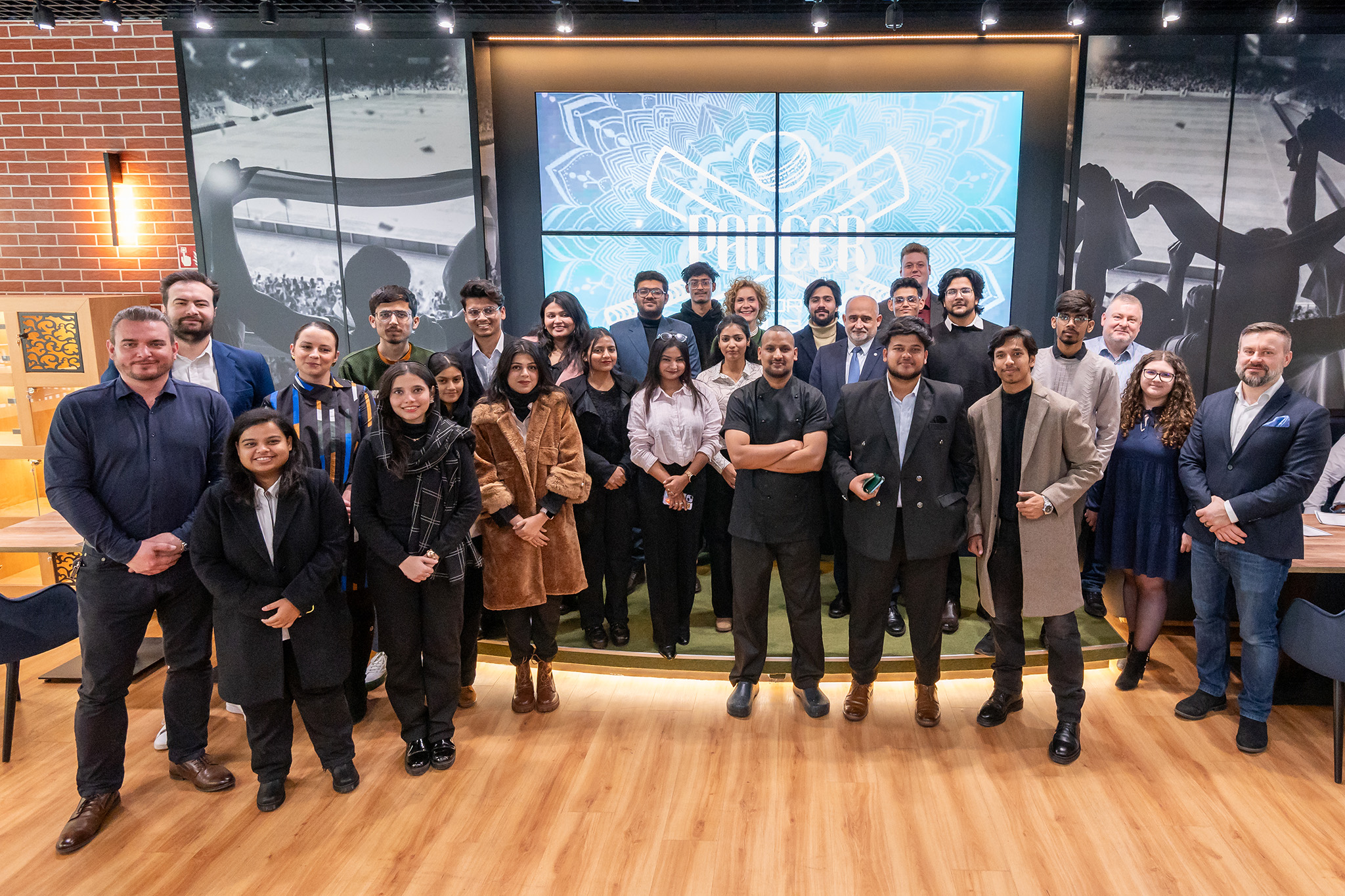
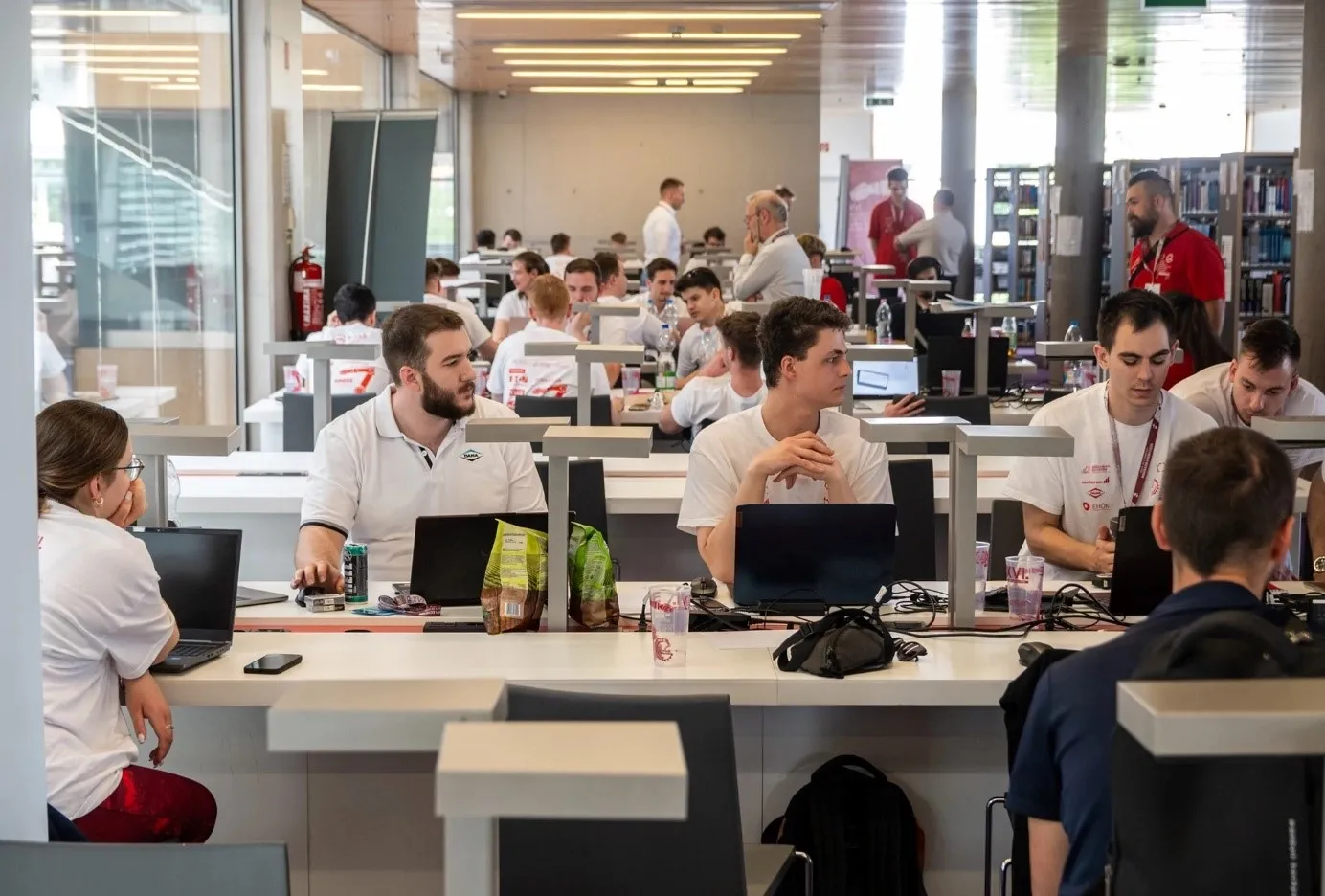

.webp)
.webp)
.webp)
.webp)
.webp)
.webp)
.webp)
.webp)
.webp)
.webp)
.webp)
.webp)
.webp)
.webp)
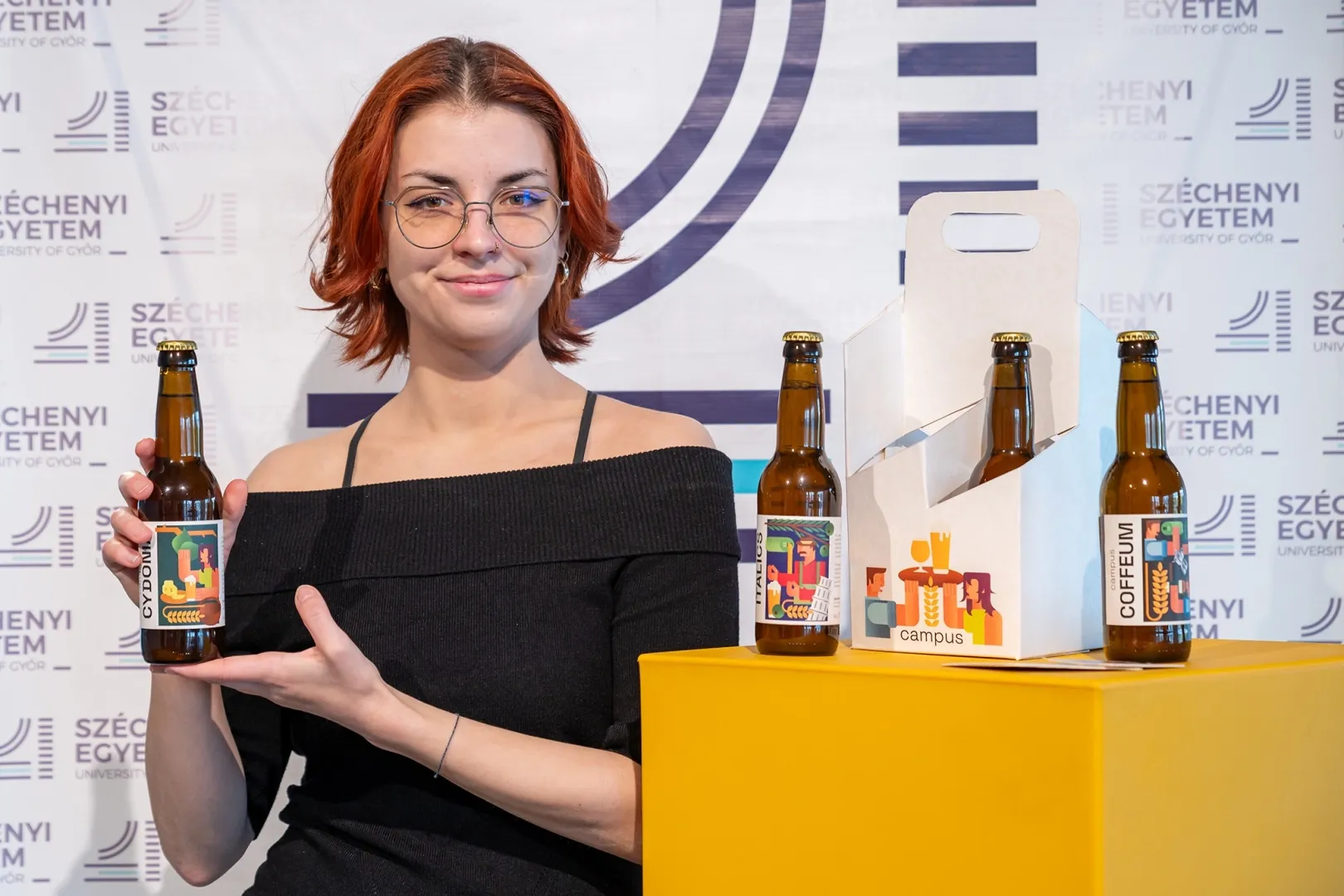
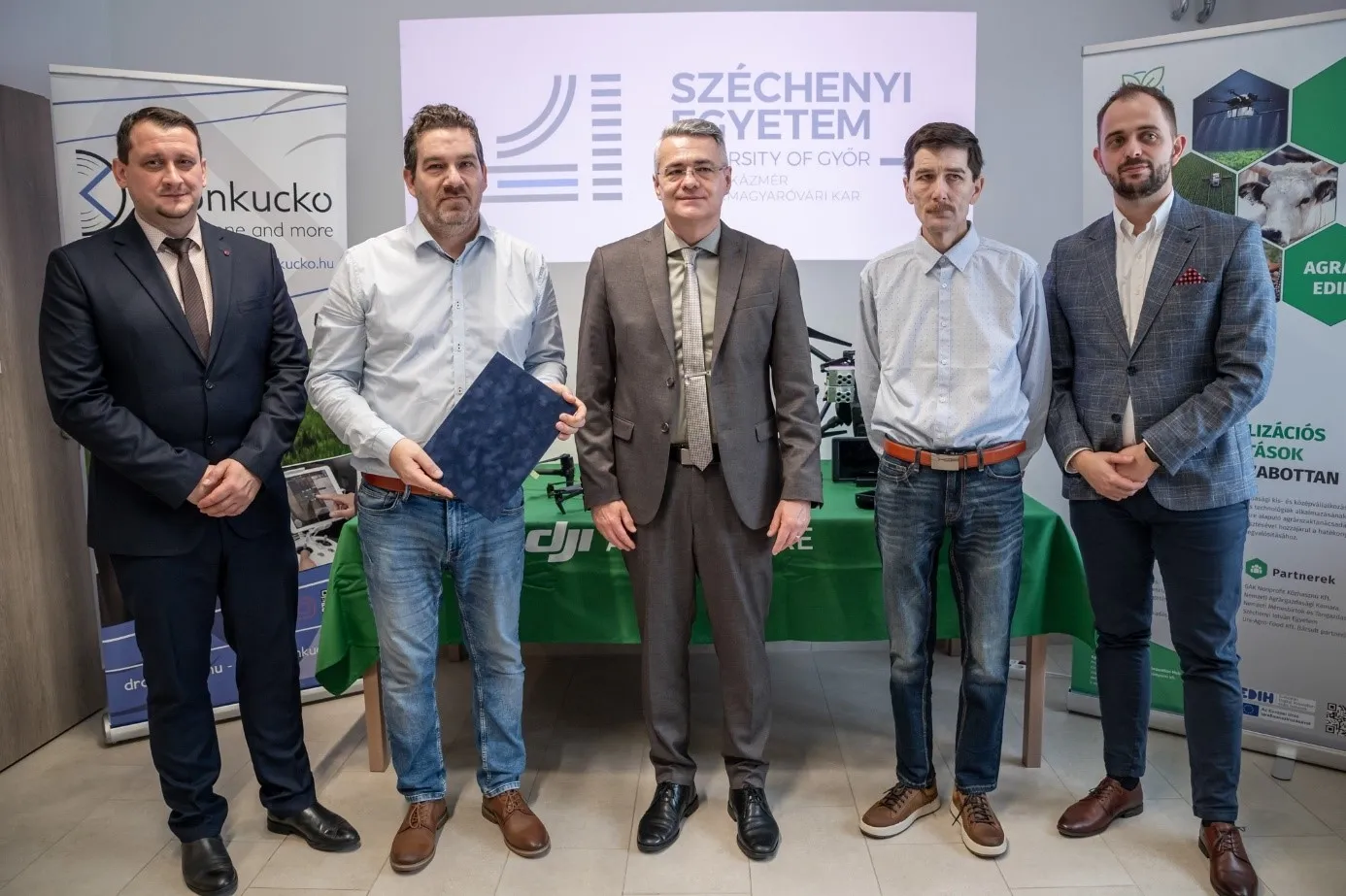
.webp)
.webp)
.webp)


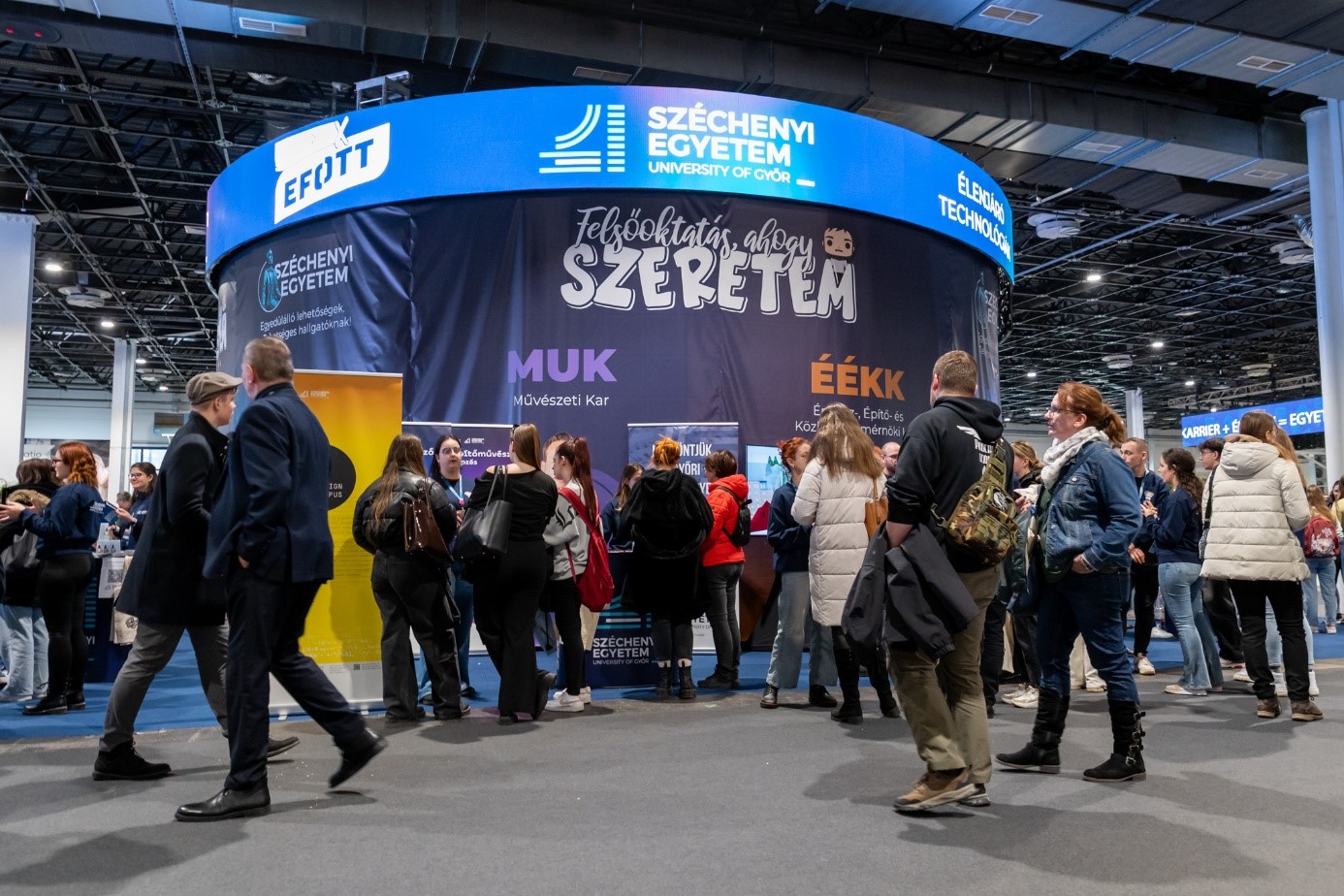
.webp)
.webp)



